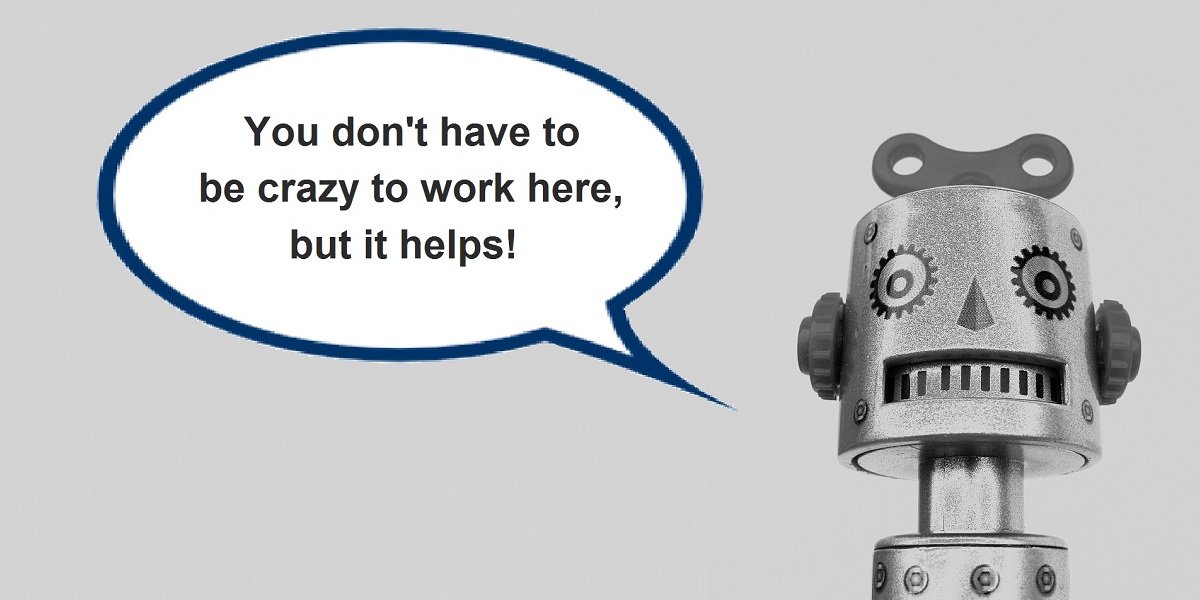You may have worked long and hard on your marketing plan, but how well does it support ongoing communication with your internal stakeholders?
The phrase ‘hearts and minds’ was first used by a French general during the French Indochina-Chinese border rebellion in the 19th century. It’s been used as a military strategy ever since, making emotional or intellectual appeals to the other side, in recognition of the fact that military superiority does not always provide the best or the swiftest victory in armed conflict. And, like many other military concepts, the ‘hearts and minds’ strategy was appropriated by marketing and communications strategists long ago!
However, marketing is by no means alone in borrowing from military strategy. Human resources has proved to be another big user of ‘hearts and minds’ and there are good reasons for this: budget and organisational dynamics. HR never receives the budget that it feels it deserves and so is forced to choose its battles carefully. Meanwhile, communications that put forth company ambitions, messages and cultural achievements simply fall flat if they are widely disputed in hushed tones around the water cooler. If internal stakeholders don’t believe and feel emotionally involved in plans, policies and practices, they’re far less likely to unite behind your cause.
And so it is with the internal communications from any department, marketing included.
Much of marketing’s internal communications routinely focuses on approvals and successes – i.e. the milestones at the beginning and at the end of any marketing campaign. Once the big bang of the final presentation is over and approvals are secured, participation of other stakeholders can fade away rapidly. Marketing plans, strategies and budgets are rightly presented as business cases for the careful consideration of decision makers. Far less effort tends to be invested in making sure that plans are easy to understand, highly useable and appeal to the ‘hearts and minds’ of other departments.
‘People just don’t understand marketing’
A common complaint of marketing heads the world over is that their work is so little understood by the rest of the organisation. There is scarce appreciation for all the work that goes into research, product positioning, creative concepts, or running effective campaigns. As a result, marketing successes are not always met with the thunderous applause that the marketing team believes is due! However, if your full year of internal communications consists of approvals and successes, then surely this is to be expected?
Accelerated by digital transformation and the breaking down of information silos, marketing and communications today not only maps to almost every part of the organisation, but also now shares data with it. All the more reason to have key internal stakeholders not only invested in approval and success milestones, but also emotionally and intellectually invested in the strategy and marketing activities themselves.
So then, am I trying to tell you that everyone in your organisation should be constantly referring to your marketing plan? No, but I am saying that your marketing plan should be a thoughtfully crafted communications tool that informs and supports marketing’s internal narrative throughout the year.
It should be something that helps frame marketing leadership’s communications with senior management, department heads, internal stakeholders, business partners and agencies. For this, your plan should be structured in a way that makes it easy-to-use, a valuable reference, useful to abstract from, and relevant to your wider audience of stakeholders.
Review your plan like it’s ‘external’
Ideally, your marketing plan will be pyramidal in structure – or a pyramid of pyramids – that presents key goals, findings and strategies towards the start and cascades more detail afterward. Ideally too, those top-level goals and strategies will be written in a self-explanatory way that is easily understandable by non-marketing professionals. If you strive to make your goals and strategies memorable and to clearly show relevance to the other functions in the organisation, so much the better. Anything that helps promote greater understanding of your goals, challenges and strategies has got to be a good thing, right?
A useful way to review your marketing plan is to imagine that you’ve written it for an external audience. Marketing content for external audiences normally goes through a very different process to internal communications. There tends to be a great deal of scrutiny of key messages and what perceptions will be formed by customers, partners, the media and other key audiences. The form, style, colour and simplicity of external communications are brainstormed, ideated, iterated, tested and optimised. In contrast, internal communications are often deemed as good enough if they are honest, free of typos and don’t over-commit!
Your annual marketing plan is a core document for marketing planning, budgeting and approvals. However, it’s a valuable communications exercise, helping to frame marketing’s internal messaging for the year. The more effectively your plan communicates your goals, plans and strategies, the more key points both marketing and non-marketing stakeholders are going to understand, retain and refer to later. Beyond the simple benefit of ensuring that everyone’s reading from the same manual, you may find that focusing a little more on ‘hearts and minds’ could even turn your internal critics into advocates. And wouldn’t that be something?
This article was first posted on Linkedin.
Also read: Is your marketing plan presentation the best it can be?









